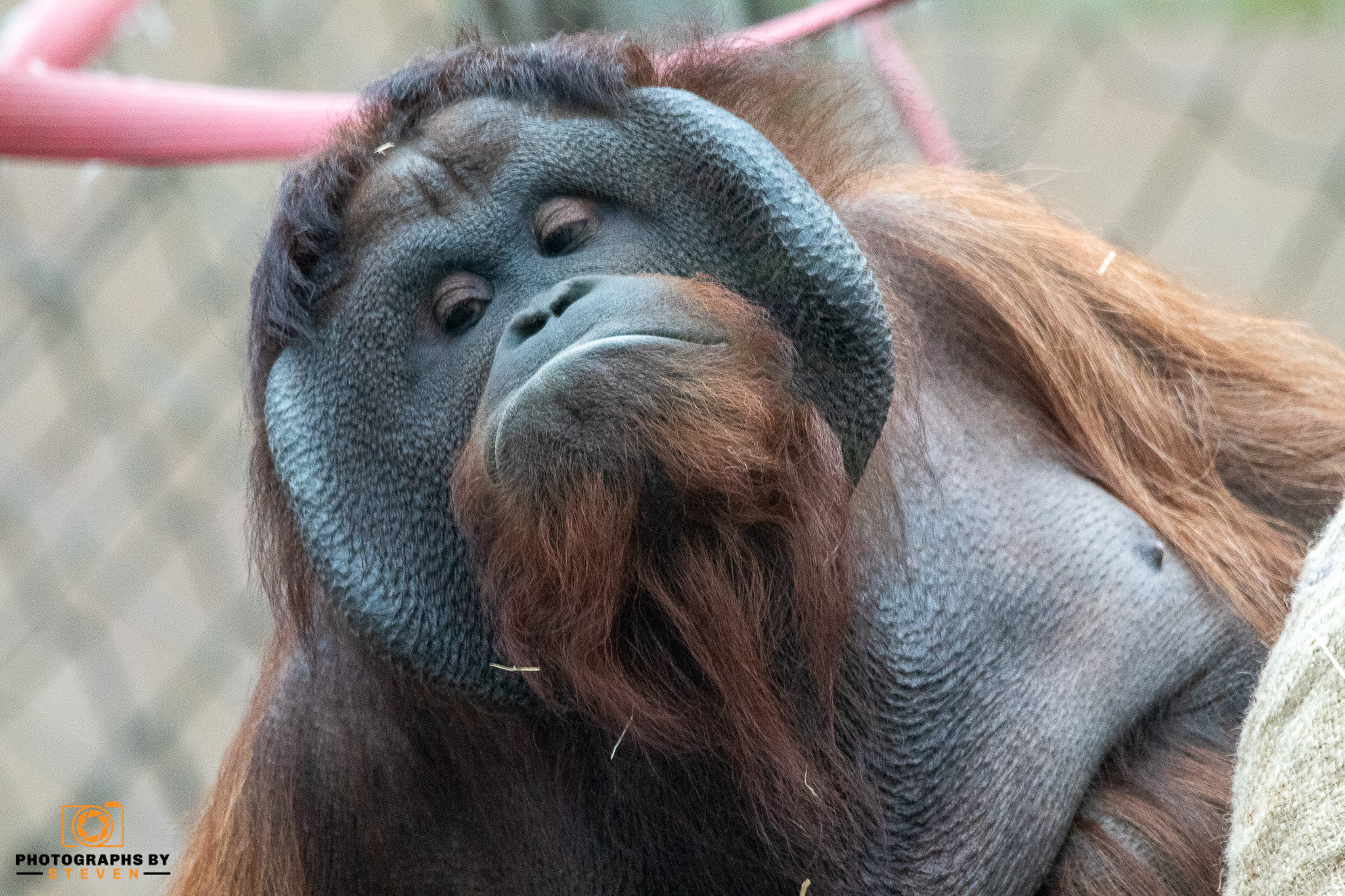Three-toed sloths are known for being one of the slowest moving mammals on the planet! Although they are related to the two-toed sloth, they are very distinct in many ways. The three-toed sloth (Bradypus) is divided into four species, each size, gestation duration, and physical traits. Maned sloth, brown-throated sloth, pale-throated sloth (Bradypus tridactylus), and the pygmy three-toed sloth (Bradypus tridactylus) are the four species. The majority of these creatures may be found in Central and South America. They are only found in South American countries such as Panama, Brazil, Venezuela, Guyana, and Suriname. Sloths have a variety of adaptations that allow them to survive and prosper despite their slowness. Their survival is threatened by the continuing degradation of their native habitat due to human encroachment.
Because their diet is deficient in calories and nourishment, sloths have evolved to expend extremely little energy. Brown-throated sloths eat stiff, rubbery jungle leaves as their primary food. Toxins abound in these leaves (a form of protection for the rainforest trees). On the other hand, Sloths have evolved a digestive system to deal with these indigestible leaves. Their stomachs are multi-chambered, comparable to a cow's, and contain a variety of microorganisms that help break down the leaves slowly. A sloth takes two weeks to digest a single meal, making it the slowest-digesting mammal on the planet!
Sloths have evolved particular adaptations to living in the treetops. From their tummies to their backs, their fur hangs upside down. This is because sloths usually hang upside down. Rainwater flows away from their bodies because of how their fur is oriented.
Brown-throated sloths can twist their heads in the same way that owls do. They have nine cervical vertebrae (the bones in the spine that support the head) rather than the seven found in most mammals. Because of their unique neck structure, they can spin their heads up to 300 degrees.
Male brown-throated three-toed sloths can be identified from females by a bright orange patch on their backs with a black stripe. The smell marking glands in this region attract female sloths.
They have a very unusual trait known as rod monochromacy, which means they have no cone cells in their eyes. As a result, all sloths are colorblind, have low-light vision, and are entirely blind in broad sunlight. Their poor eyesight also contributes to their slowness – you can't sprint around in the trees if you can't see where you're going!
Despite spending most of their time in the trees, sloths are remarkably proficient swimmers. They can go through water three times faster than they can on land! Three-fingered sloths have two more vertebrae in their neck than any other mammal. This enables them to tilt their heads 270 degrees and effortlessly keep their nose above water while swimming.
Because sloths are so challenging to study in the wild, no one has ever tracked an individual from birth to death, and determining the age of an adult sloth is nearly impossible. We only have the lifespan in captivity to go on, but sloths do not fare well outside of their natural environment. The world's oldest known sloth, who lives in a zoo in Germany, has recently reached 50 years old. We believe that wild sloths live much longer than that.
Sloths have physical features that allow them to fall from trees. A sloth will fall out of a tree once a week on average for the rest of its life. But don't be alarmed; sloths are anatomically designed to fall and survive. They can fall from heights of more than 100 feet without being injured. When two sloths fight, it is usually over access to a female for mating purposes, and the goal of a sloth battle is to knock your opponent out of the tree.



Leave me a comment
Thank you for reading my post, if you want to leave a comment, you can do so below.